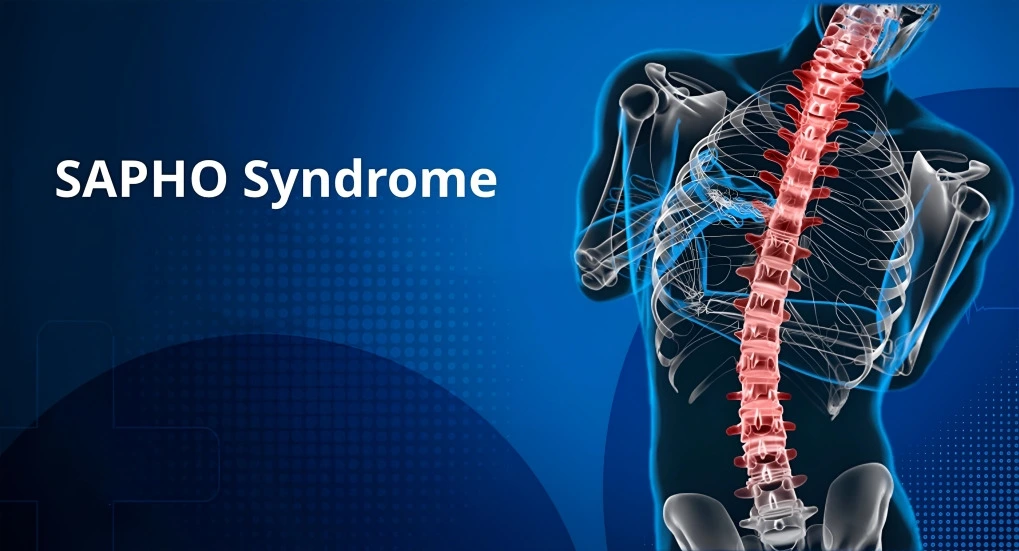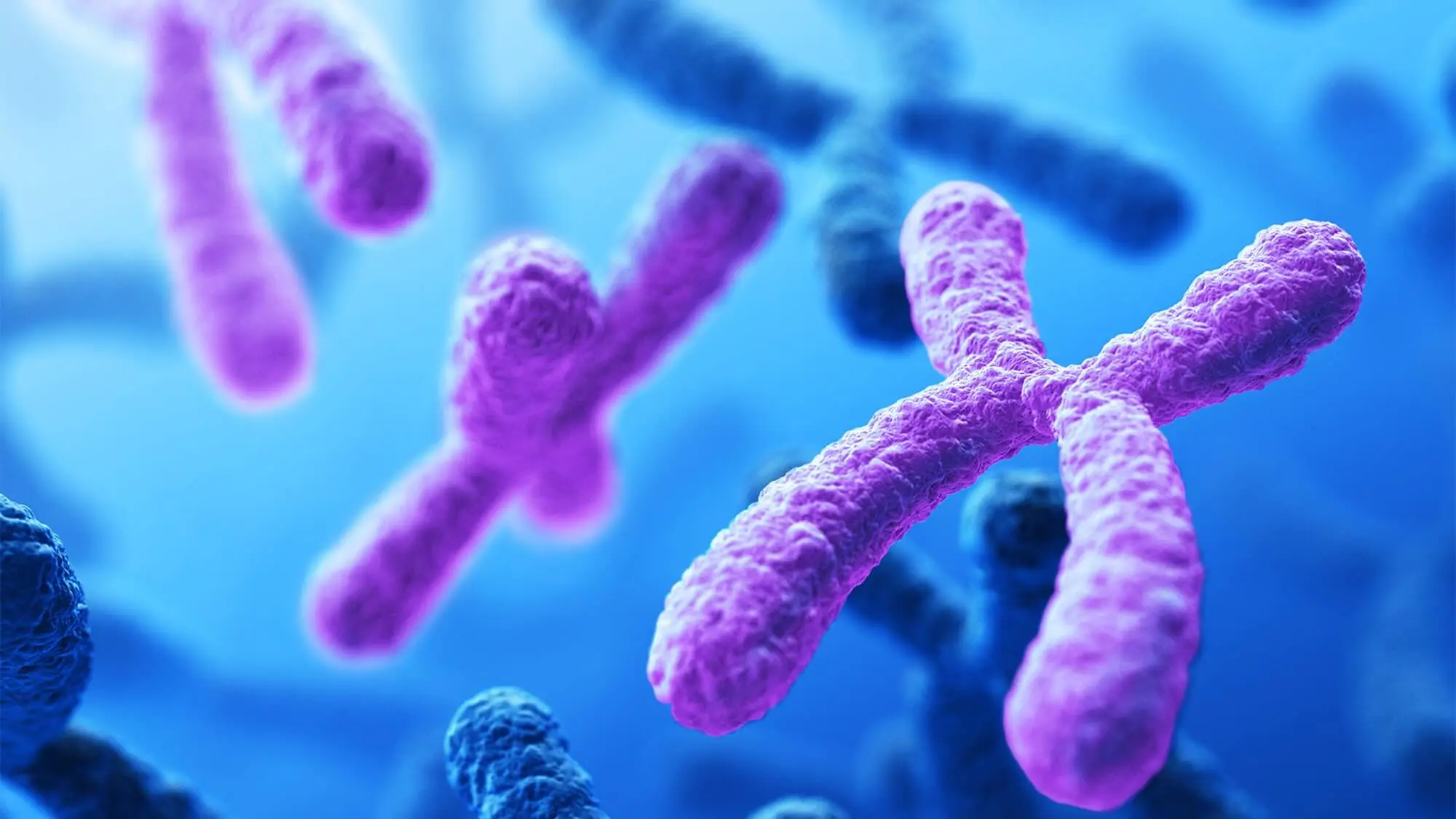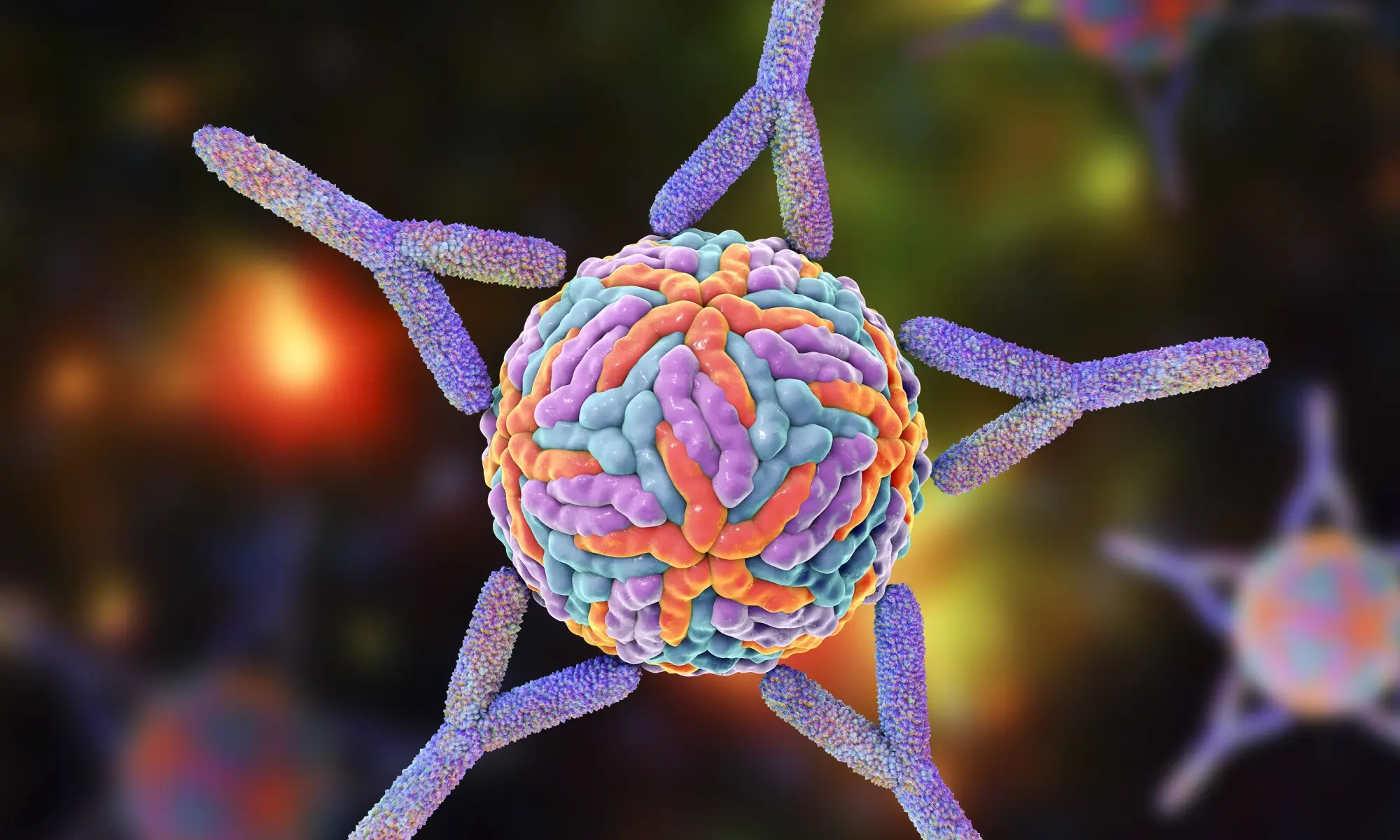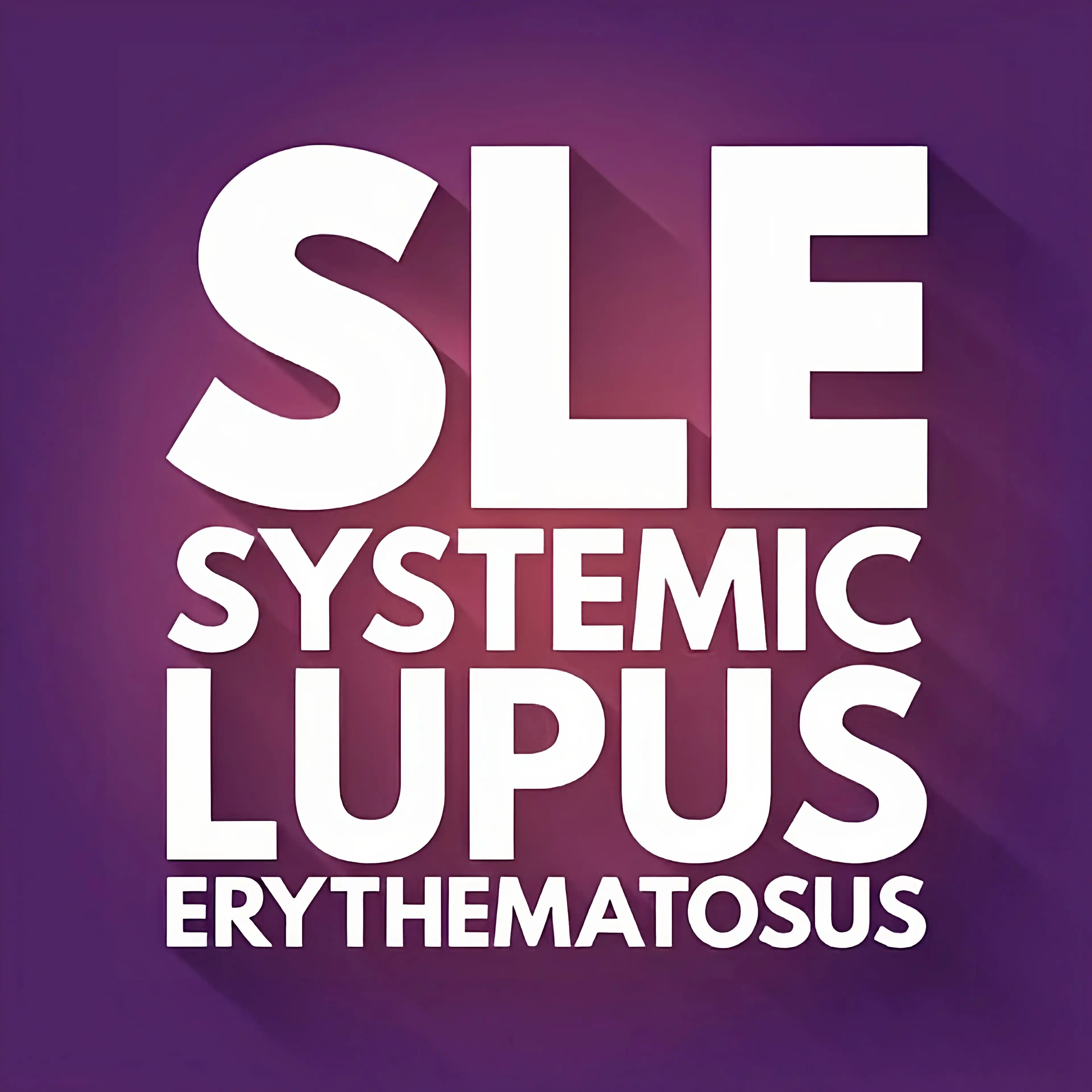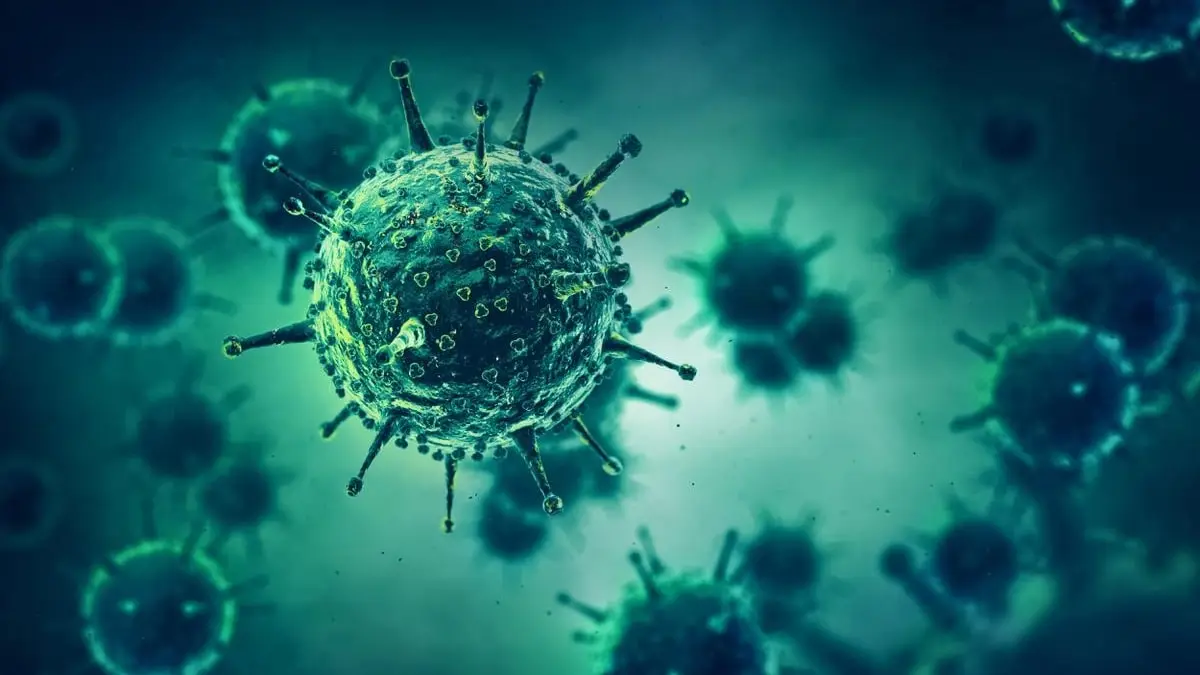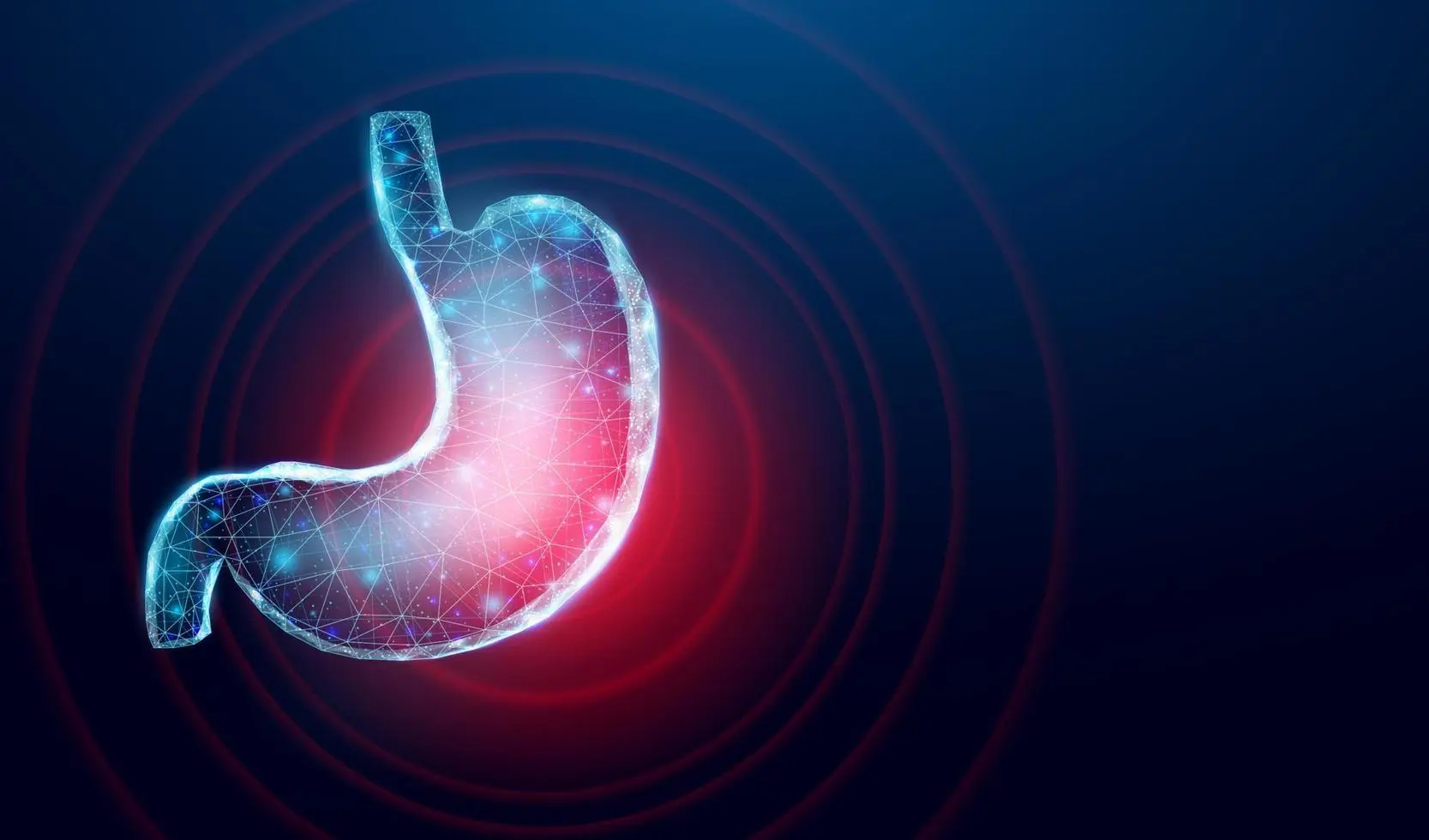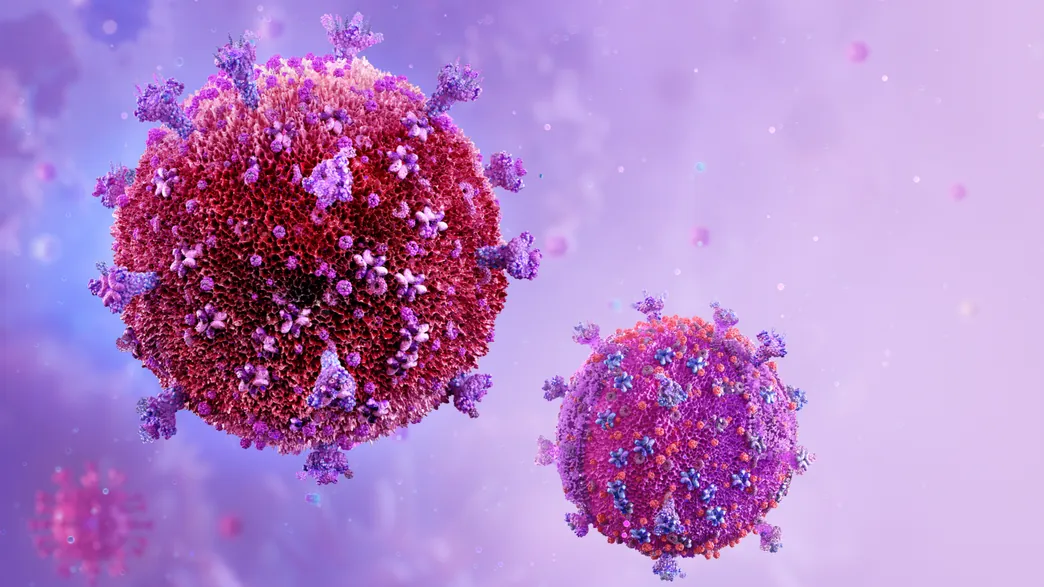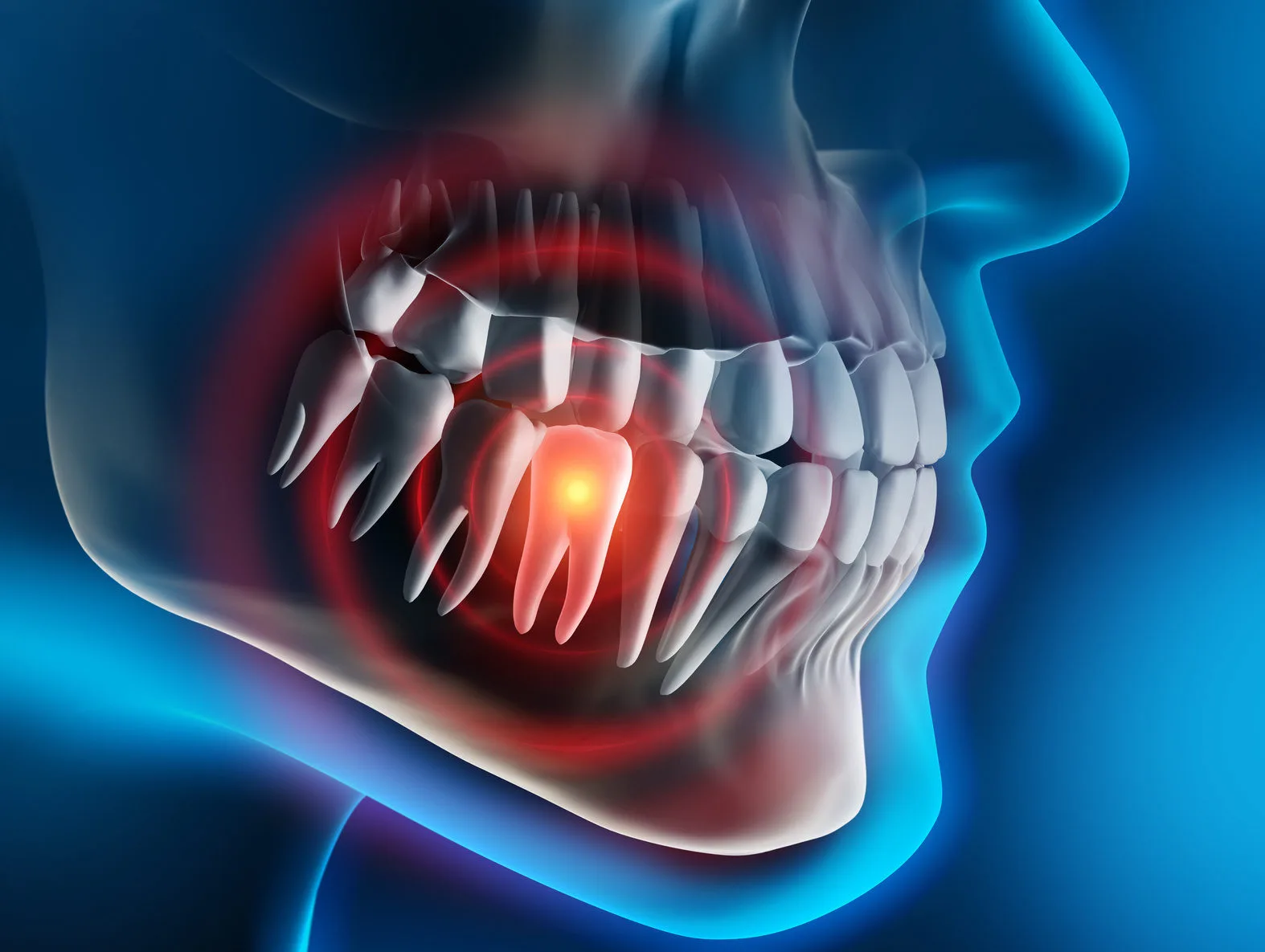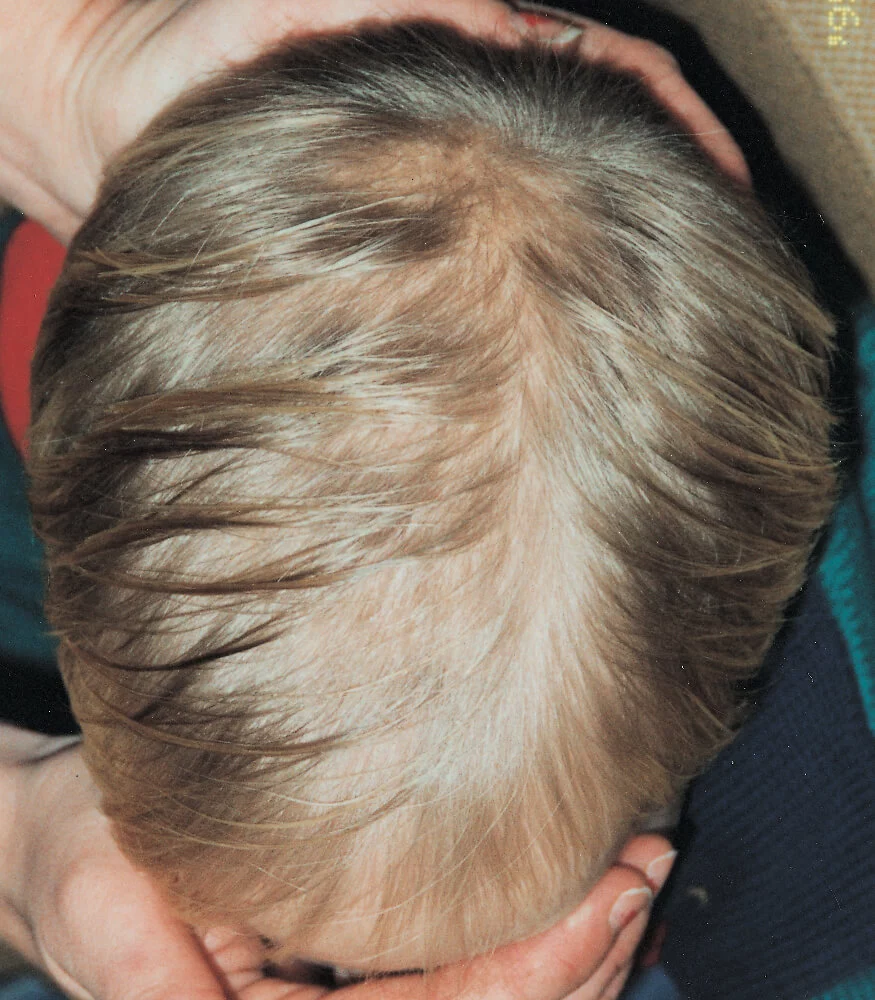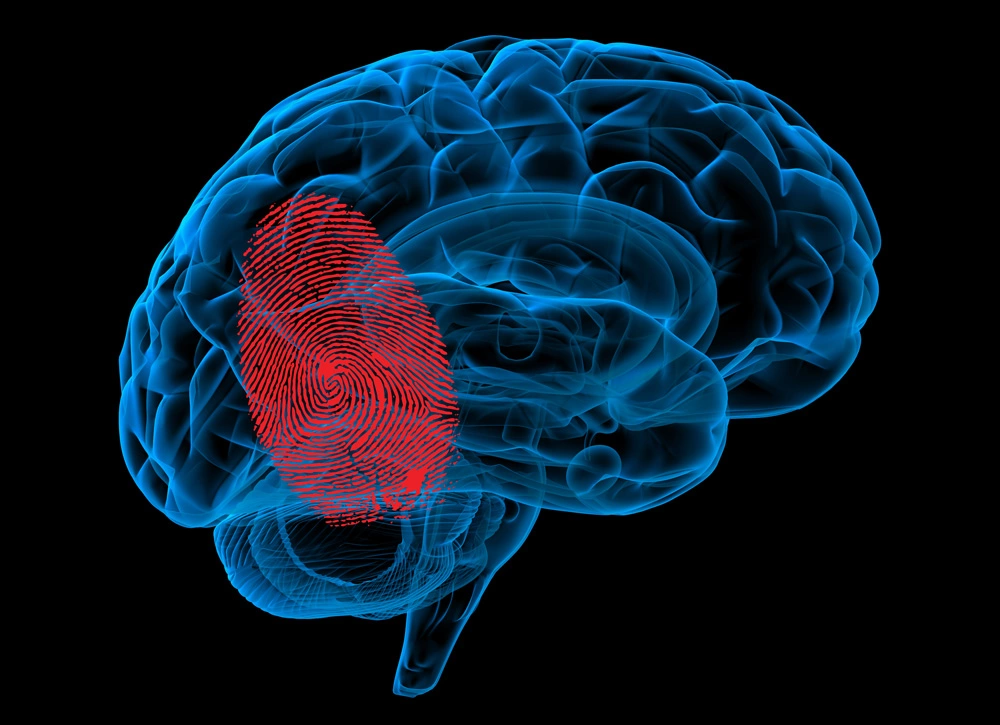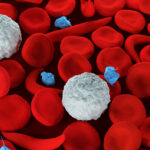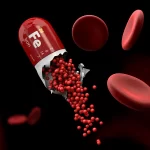SAPHO syndrome is a chronic immune-mediated condition that affects the skin, joints, and bones.
Wiskott-Aldrich Syndrome | Causes, Symptoms & Treatments
Introduction
Wiskott-Aldrich syndrome (WAS) is a rare X-linked primary immunodeficiency that is characterized by eczema, recurrent infections, and micro-thrombocytopenia.
The severity of the phenotypes varies widely depending on the gene mutations, from severe (classic WAS) to milder (X-linked thrombocytopenia (XLT) and X-linked neutropenia).
The estimated incidence of this X-linked disorder is 1 in every 100,000 live births.
Pathophysiology of Wiskott-Aldrich Syndrome
Wiskott-Aldrich syndrome is caused by an X-linked genetic defect in the WAS gene, which is located on short arm of the X-chromosome at Xp 11.22-23 position.
The gene product Wiskott-Aldrich protein (WASp) is a 502 amino acid protein that is expressed in the cytoplasm of non-erythroid hematopoietic cells.
More than 300 gene mutations have been identified that result in abnormal protein configuration.
Missense mutations are the most common type of mutations, followed by non-sense, splice site, and short deletion mutations.
The disease’s phenotypic variability ranges from severe (classic WAS) to mild disease X linked thrombocytopenia and X linked neutropenia due to the wide range of genetic mutations.
Causes of Wiskott-Aldrich Syndrome
Wiskott-Aldrich syndrome is caused by mutations in the gene WASP (WAS protein), which is involved in actin polymerization, cellular signaling, cytoskeletal rearrangement, and immunological synapse formation.
These mutations change protein structure through various mechanisms, resulting in different phenotypes of this disease.
Signs & Symptoms of Wiskott-Aldrich Syndrome
Individuals with the disease may experience a different number and severity of symptoms.
1. Bleeding
Thrombocytopenia is present from birth. It is the most typical finding present at the time of diagnosis.
Affected patients may first show symptoms in the first few days of life with petechiae and persistent bleeding from the umbilical stump or after circumcision.
Other symptoms could be purpura, hematemesis, melena, epistaxis, hematuria, and potentially fatal ones like intracranial, oral, and gastrointestinal bleeding.
2. Immunodeficiency
The severity of immunodeficiency is largely determined by the type of mutations and the resulting protein expression.
Patients typically present with multiple recurring infections and failure to thrive.
Symptoms include otitis media, sinusitis, pneumonia, meningitis, sepsis, and colitis.
3. Eczema
Eczema with varying severity develops in around one-half of WAS patients within the first year of life and resembles classical atopic dermatitis.
4. Autoimmune Manifestations
Autoimmune diseases include: –
- Hemolytic anemia.
- Neutropenia.
- Vasculitis involving both small and large vessels.
- Inflammatory bowel disease.
- Renal diseases.
A broad spectrum of autoantibodies has been observed both in classic WAS and in XLT.
5. Malignancies
Malignancies can develop during childhood, but they are most common in teenagers and young adult males with the classic WAS phenotype.
B cell lymphoma (usually Epstein-Barr virus positive) and leukemia are prevalent in classic WAS but do occur in XLT.
Clinical Phenotypes of Wiskott-Aldrich Syndrome
There are three main clinical phenotypic symptoms: –
1. Classic (severe) Wiskott-Aldrich syndrome
Affected boys exhibit the following symptoms in early childhood: –
- Hemorrhagic diathesis due to thrombocytopenia.
- Recurrent bacterial, viral and fungal infections.
- Extensive eczema.
- Lymphadenopathy especially in those WAS patients with chronic eczema.
- Hepatosplenomegaly.
Patients with classic WAS are more likely to develop autoimmune diseases, lymphoma, or other cancers, which frequently cause early death.
2. X-linked Neutropenia (XLN)
Congenital neutropenia is the primary XLN presentation.
Patients with XLN usually develop infections associated with neutropenia, but they may also get infections linked to lymphocyte dysfunction.
These patients are also at an increased risk of developing myelodysplasia.
3. X-linked Thrombocytopenia (XLT)
XLT manifests as congenital thrombocytopenia, which is sometimes intermittent (IXLT).
Eczema is typically mild.
These patients typically experience a benign course of their disease and have good long-term survival.
They still have a higher risk (lower than WAS) of severe events such as: –
- Life-threatening infections (especially post-splenectomy).
- Serious hemorrhage.
- Autoimmune complications.
- Cancer.
It is important to check for WASp expression and WAS gene mutations in any male with thrombocytopenia and small platelets.
Diagnosis of Wiskott-Aldrich Syndrome
Any male with thrombocytopenia, eczema, recurrent respiratory infections, autoimmunity should be evaluated for WAS.
A harmful mutation in the WAS gene is required for diagnosis.
Eczema, whether mild or severe, supports the diagnosis.
Infections and immunologic abnormalities can be absent, mild, or severe.
Patients with classic WAS experience autoimmune diseases and malignancies more frequently than patients with XLT.
Flow cytometry can be used to detect the presence or absence of WAS protein (WASp) in lymphocytes using an anti-WASp antibody.
Any male patient with severe congenital neutropenia should be evaluated for XLN.
1. Immunological Findings
Abnormal immunologic findings in patients with WAS include: –
- Decrease number and function of T cells and regulatory T cells.
- Abnormal immunoglobulin (Ig) isotypes.
- Defective antigen-antibody response.
- Impaired cytotoxicity of natural killer cells with normal to increased cell numbers.
- Impaired chemotaxis of neutrophils and phagocytic cells.
- Absolute lymphocyte counts are typically normal during infancy, but T and B cell counts decline later in life in people with classic WAS.
- Variations in Ig levels, including normal serum IgG levels, decreasing IgM levels, and elevated IgA and IgE levels.
2. Histopathological Examination
Common abnormalities in lymphoreticular tissue include: –
- Varying degrees of T cell zone depletion in lymph nodes and spleen.
- Decreased number of follicles.
- Abnormal follicular formation devoid of marginal zone.
- Regressive or “burned out” germinal centers.
3. Thrombocytopenia and Platelet Abnormalities
Thrombocytopenia with low platelet volume is a common finding in patients with WAS gene mutations, with the exception of those with an XLN phenotype.
Platelet counts range from 20000 to 50000 per mm, but can fall below 10000 per mm.
Treatment & Management of Wiskott-Aldrich Syndrome
Wiskott-Aldrich syndrome is primarily managed with supportive care, which includes the following: –
- Broad-spectrum antibiotics for bacterial infections.
- Antivirals/antifungals for viral and fungal infections respectively.
- Platelet transfusions to prevent bleeding.
- Topical steroids to treat eczema.
1. Intravenous Immune Globulin Therapy
Patients with significant antibody deficiency who have WAS or XLT should receive intravenous immunoglobin (IVIG) therapy.
WAS patients receive a higher dose than that used for other primary immunodeficiencies due to increase in catabolic rate.
2. Eltrombopag
An oral thrombopoietin receptor agonist that has been approved for the treatment of immune thrombocytopenia (ITP).
It may be useful in preventing bleeding in WAS patients awaiting hematopoietic cell transplantation (HCT).
3. Immunosuppressive Treatment
Immunosuppressive therapy may be required for autoimmune manifestations.
Autoimmune cytopenia frequently responds to rituximab, a monoclonal antibody that is relatively safe for patients who are already receiving IVIG therapy.
4. Splenectomy
In some patients, an elective splenectomy has been suggested as a way to stop the bleeding tendency and reverse the thrombocytopenia by increasing the number of circulating platelets.
Patients who undergo a splenectomy must take antibiotic prophylaxis for the rest of their lives.
5. Hematopoietic Cell Transplantation (HCT)
HCT is the only available curative treatment, with excellent outcomes for patients with human leukocyte antigen (HLA)-matched family or unrelated donors (URDs) or partially matched cord-blood donors.
6. Gene therapy
Gene therapy is a potential alternative treatment for WAS that is currently being researched.
Summary
Wiskott-Aldrich syndrome (WAS) is a rare X-linked primary immunodeficiency that is characterized by eczema, recurrent infections, and micro-thrombocytopenia.
Wiskott-Aldrich syndrome is caused by an X-linked genetic defect in the WAS gene, which is located on short arm of the X-chromosome at Xp 11.22-23 position.
The gene product Wiskott-Aldrich protein (WASp) is a 502 amino acid protein that is expressed in the cytoplasm of non-erythroid hematopoietic cells.
More than 300 gene mutations have been identified that result in abnormal protein configuration.
Wiskott-Aldrich syndrome is caused by mutations in the gene WASP (WAS protein), which is involved in actin polymerization, cellular signaling, cytoskeletal rearrangement, and immunological synapse formation.
Individuals with the disease may experience a different number and severity of symptoms.
- Bleeding
- Immunodeficiency
- Eczema
- Autoimmune Manifestations
- Malignancies
There are three main clinical phenotypic symptoms: –
- Classic (severe) Wiskott-Aldrich syndrome
- X-linked Neutropenia (XLN)
- X-linked Thrombocytopenia (XLT)
Any male with thrombocytopenia, eczema, recurrent respiratory infections, autoimmunity should be evaluated for WAS.
Any male patient with severe congenital neutropenia should be evaluated for XLN.
Abnormal immunologic findings in patients with WAS include: –
- Decrease number and function of T cells and regulatory T cells.
- Abnormal immunoglobulin (Ig) isotypes.
- Defective antigen-antibody response.
- Impaired cytotoxicity of natural killer cells with normal to increased cell numbers.
- Impaired chemotaxis of neutrophils and phagocytic cells.
- Absolute lymphocyte counts are typically normal during infancy, but T and B cell counts decline later in life in people with classic WAS.
- Variations in Ig levels, including normal serum IgG levels, decreasing IgM levels, and elevated IgA and IgE levels.
Wiskott-Aldrich syndrome is primarily managed with supportive care, which includes the following: –
- Broad-spectrum antibiotics for bacterial infections.
- Antivirals/antifungals for viral and fungal infections respectively.
- Platelet transfusions to prevent bleeding.
- Topical steroids to treat eczema.
Patients with significant antibody deficiency who have WAS or XLT should receive intravenous immunoglobin (IVIG) therapy.
Immunosuppressive therapy may be required for autoimmune manifestations.
In some patients, an elective splenectomy has been suggested as a way to stop the bleeding tendency and reverse the thrombocytopenia by increasing the number of circulating platelets.
HCT is the only available curative treatment.
Gene therapy is a potential alternative treatment for WAS that is currently being researched.
How useful was this post?
Click on a star to rate it!
Average rating 0 / 5. Vote count: 0
No votes so far! Be the first to rate this post.
I'm sorry that this post was not useful for you!
Let me improve this post!
Tell me how I can improve this post?
References
- Muhammad Ahmed Malik, and Muhammad Masab. “Wiskott-Aldrich Syndrome.” Nih.gov, StatPearls Publishing, 22 June 2019, From PubMed .
- (PDF) Wiskott-Aldrich syndrome – researchgate. From ResearchGate
- Wiskott-Aldrich Syndrome: A comprehensive review – researchgate. From ResearchGate.
- U.S. Department of Health and Human Services. (n.d.). Wiskott Aldrich syndrome – about the disease. Genetic and Rare Diseases Information Center. From National Institutes of Health
Wiskott-Aldrich syndrome (WAS) is a rare X-linked primary immunodeficiency that is characterized by eczema, recurrent infections, and micro-thrombocytopenia.
Good's syndrome is a rare adult-onset thymoma-related immunodeficiency with an unknown cause.
Systemic Lupus Erythematosus | Causes, Symptoms & Treatments
Systemic lupus erythematosus (SLE) is a chronic autoimmune disease that can affect almost any organ system.
Featured Posts
Recent Posts
Popular Posts
Learn More

